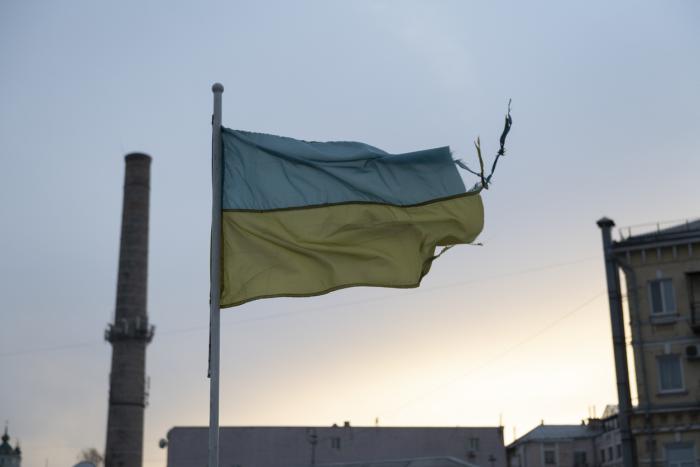None of these options (i.e., Ukraine joining NATO, or the European Union, or forging a bilateral alliance with the United States) would work well in the short-term, but they could become an integral part of a long-term solution. Historically, alliances have often been useful as means of deterring aggression. In the case of Ukraine, however, aggression is already upon us. Alliances have been helpful in ensuring aid to a beleaguered ally, but the United States and Western Europe are already providing extensive assistance to Ukraine, and an alliance would be unlikely to affect the level of support.
The most significant reasons to bring Ukraine into a formal alliance, therefore, would be to stiffen Ukraine’s backbone and convince Vladimir Putin that continued aggression will lead to further costs for Russia and possibly to direct foreign intervention. Yet at present, Ukraine has plenty of backbone, while Putin seems indifferent to costs. The Ukrainians continue to fight resolutely and are planning a counteroffensive. The numerical superiority of Russia’s population, the success of the Wagner Group in sacrificing convicts on the battlefield, and the willingness of China and India to provide economic support give Putin confidence that he can outlast Ukraine in a war of attrition.
For the United States, an alliance with Ukraine at the present time would produce adverse consequences of serious proportions. Including Ukraine in NATO would bind the NATO countries to direct intervention should Russia make further advances, though Article 5 of the NATO treaty leaves enough wiggle room for the timorous to stay out. An alliance would weaken the ability of the United States to exert diplomatic pressure on the Ukrainians to agree to a peace settlement, something that may be necessary to end a war that is becoming very expensive for the United States and its allies. With the United States committed unconditionally to supporting Ukraine, it could not credibly threaten to withdraw support to Ukraine were its leadership to reject a diplomatic compromise. Such a threat may well become necessary in the months ahead, for the Ukrainian government’s vows to recapture of all the territory lost to Russia since 2014 appear to be incompatible with the balance of forces, the lack of Ukrainian victories in recent months, and external support to Russia.
On the other hand, an alliance might be useful as part of a peace settlement, as some NATO members have been openly discussing of late. The United States or NATO could insist on a formal alliance with Ukraine as the price Putin must pay for retaining possession of some Ukrainian territory. However harmful to Ukraine and the international order Russian retention of Ukrainian territory would be, Western Europe and the United States seem increasingly willing to accept it as a necessary ingredient of a peace agreement.
A NATO alliance would serve as a powerful enticement to the Ukrainians to accept a compromise peace. Any lasting agreement will require provisions that discourage renewed Russian aggression, and a peacetime alliance seems the most promising option. Averting future warfare between Russia and Ukraine would serve the interests of the United States well, particularly in light of the larger threat posed to the United States by China.

















